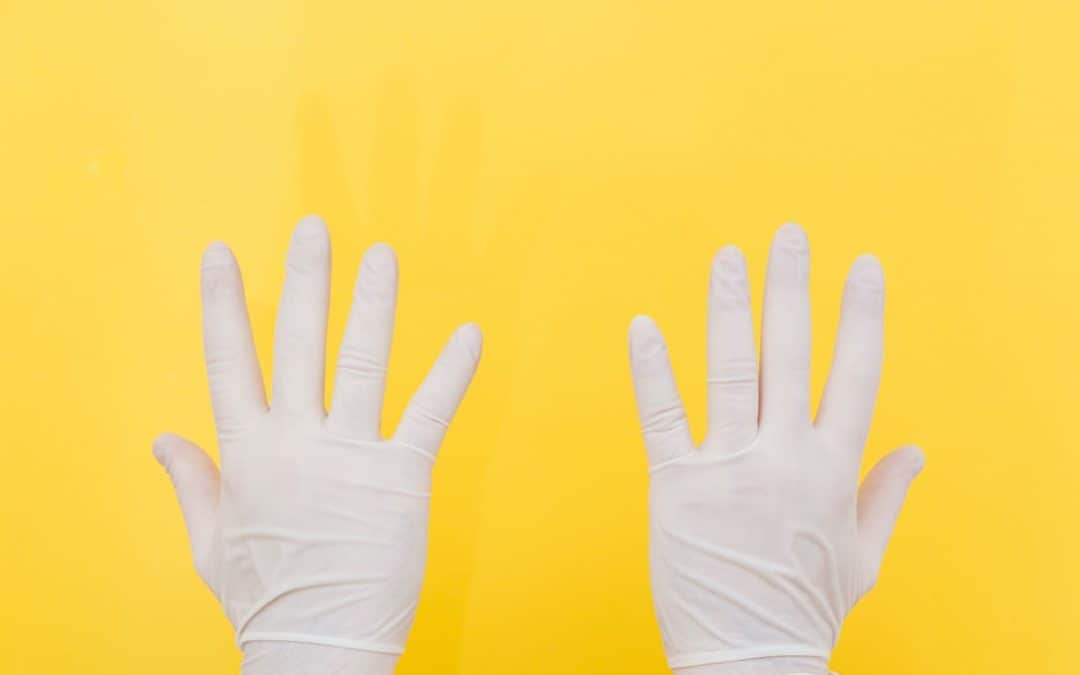Your house is a hub of activity and a place that you want to keep lovely and cozy. Certain home improvements are DIY-friendly that homeowners like you can carry out on your rest days or weekends.
Before you proceed with any plans to repaint the bedroom, retile the bathroom, or install a kitchen backsplash, prioritize safety. Accidents and injuries can happen while doing DIY projects no matter how easy they seem. And one of the best ways to prevent them is to dress for safety.
Take a look at the following gear protecting you from head to toe.
Protective Headgear
Do you need to wear a hard hat? You’ll need one when working on projects that involve heights or put you at risk of head injuries from falling objects including tree branches.
Wearing protective headgear is a standard in construction sites, which can include your home. The Occupational Safety and Health Administration, or OSHA, sets out conditions for hard hats or helmets and requirements that make them compliant.
Next time you install crown molding or a chandelier, consider protecting your head adequately, namely a headgear that must fit your head snugly, provide for visibility, and offer comfort.
Safety Glasses
There are a lot of things that can get into your eyes when doing home improvement projects, and these hazards are so common that they tend to be overlooked.
Goggles and similar protective gear are your eyes’ first line of defense in these situations:
- When you work with wood, specks, chips, splinters, or other particles could fly into the eye. The same goes for projects that have to do with metal and glass.
- Household chemical products can contain hazardous ingredients. Paint, toilet cleaner, pesticide, furniture polish, oven cleaner, and bleach, among others, may irritate the eyes.
- You are not that familiar with power tools. Remember that the lawnmower still requires careful use and eye protection.
Face Shield
The face shield we know is a critical component of COVID-19 protection. But even before the pandemic, this face shield has been part of standard workplace-safety PPE.
The equipment protects your face against debris and particles from your woodturning projects. Although it can provide face protection, wearing both a face shield and safety goggles is recommended. This is in the event foreign objects pierce through the shield.

Photo by Oliver Hale from Unsplash
Mask
Always wear one to protect yourself against dust while carrying out your tasks. It can also be your defense against fume, vapor, mist, smoke, and other forms of particulates.
It’s important to note that masks are not created equal and offer varying levels of protection against contaminants. You may only need a disposable face mask for routine tasks or require a respirator when painting or spraying pesticide in the garden.
Pro tip: Dust masks have ratings indicated by a letter and numbers (e.g., N95). Look for these ratings when buying your supplies.
Gloves
Wearing gloves protects your hands. Gloves are standard protective gear. With all the lifting, manipulating of tools, and cleaning (and thus exposure to chemicals found in products), you have to keep your hands safe at all times.
Hand injuries are more common than you think, and they can be prevented by putting on gloves. It will help if you use the right kind of gloves for the job.
- Nitrile gloves can hold well against chemicals and offer an alternative for people with latex allergies.
- Neoprene gloves are resistant to solvents and can protect against some chemicals.
Moreover, gloves help prevent the transmission of infectious diseases like COVID-19.
Proper Clothes and Shoes
To recap, you already have protective gear for your head, eyes, face, mouth, and hands. For your arms and legs, cover them with a long-sleeved shirt and pants.
Wearing a PPE suit may not be necessary; it can get incredibly hot and hinder your ability to move about.
What matters is you need to have a barrier should chemicals come in direct contact with your skin and cause irritation and skin ailments. You can also worry less about random cuts and scrapes.
Complete your working attire with boots or any shoes to guard your feet from sharp objects like nails. Pick a breathable and lightweight pair too.
Be Safe Always
A sense of accomplishment awaits when you can pull off a project and see the stunning effect. Adding lights to your outdoor living space has made your property more beautiful, and you can’t wait to install more lighting fixtures soon.
In the interest of safety for you and your family, read product manuals carefully, give professionals a call for the more complicated projects, and follow safety guidelines and protocols.
Feature Photo by Diana Polekhina from Unsplash

Recent Comments